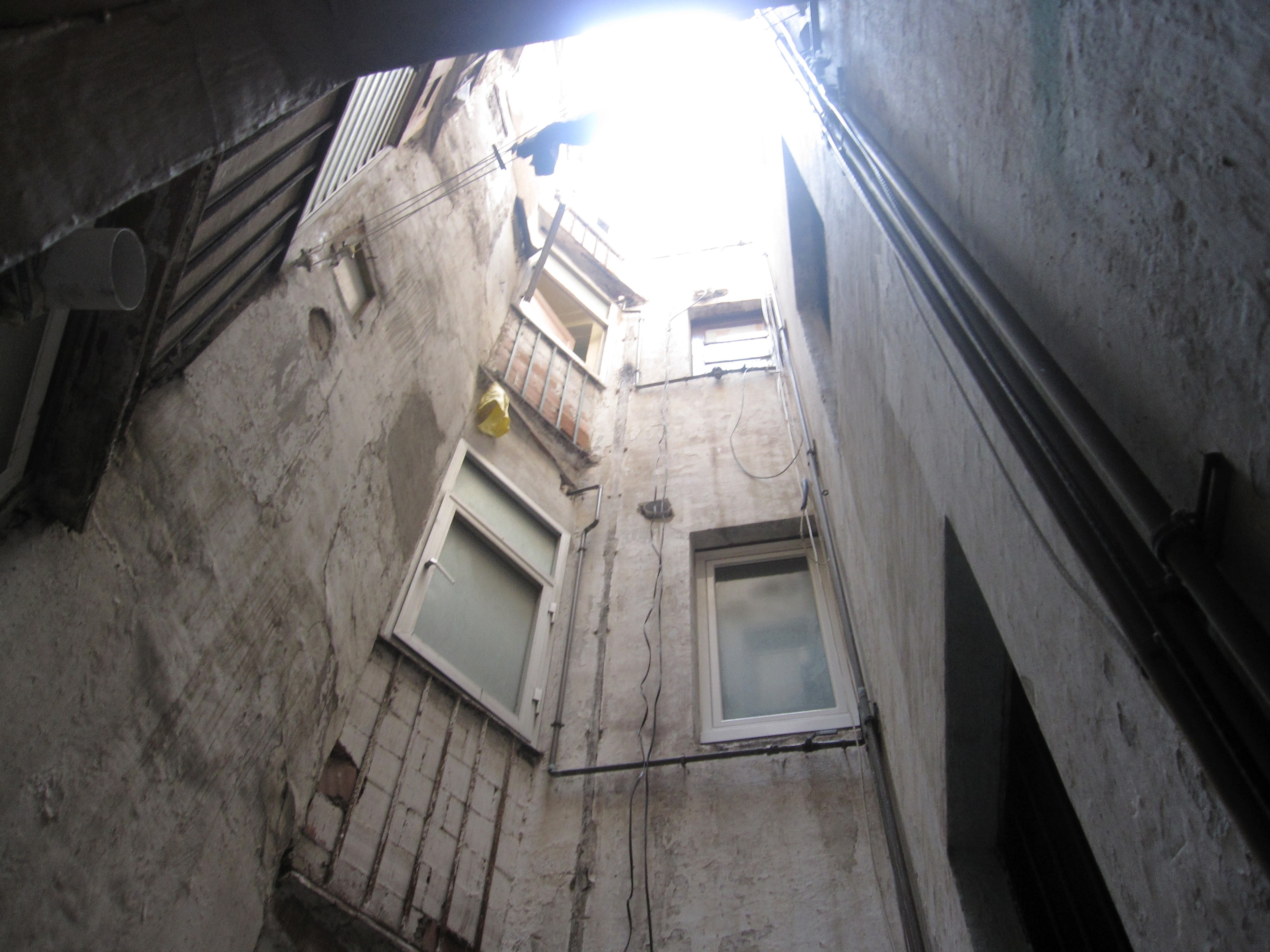In the building trade the thickness of the walls excludes the plaster so if a wall is plastered on both sides its actual thickness will be 1 or 1 5 more than its stated thickness in an architectural.
1920s wall construction concrete walls nyc apartment.
Usg area separation wall systems are lightweight non load bearing gypsum panel partition assemblies used to provide fire resistive protection for common walls in townhouse construction.
Stucco stucco is an inexpensive non structural cement based material used for walls in many historic districts.
Inexpensive substitute for stone.
The least expensive option for basement construction involves the use of concrete blocks or masonry.
These systems install quickly and easily.
Of lansdowne that exploited the potential of construction with reinforced concrete.
For brick walls a common thickness is 230mm 9 and for concrete block walls common thicknesses are 200mm 8 150mm 6 and 100mm 4.
Historically stucco was applied in two or three coats to wood or masonry structural walls.
This idea had been put forward by the architects le corbusier and.
It was an optimistic time with declining energy costs and architects embraced the concept of the tall building as a glass prism.
Steel rebar is generally used to reinforce the strength of these walls.
Because they weigh at least 50 less than masonry walls installation proceeds rapidly.
2 7 high strength concrete and high rise buildings.
Concrete block walls tend to be more.
Modern homes may be found made of concrete reinforced steel or even plastic.
The giants and midgiants of the 1930s were all of steel construction.
The monumental spiral form became an overnight new york city landmark.
The walls are made of cinder blocks and can be constructed in a fraction of the time it takes to create a poured concrete wall.
Made from concrete the exposed face is finished to resemble rock face ashlar or other stone finishes.
Large beams and other wooden accents are often used as a contrast to things like raw concrete walls.
Newer apartments tend to have gypsum aka sheetrock and thin concrete and steel floors.
Pre war apartments have plaster walls and poured concrete floors.
The construction of bridges in the 1920s by manitoba s good roads branch saw the creation of a host of exquisite structures like this one in the r m.
Here we provide a photo guide to identifying types of plaster lath beaver board upson board and drywall to help identify these interior building wall and ceiling coverings and as an aid in determining the age of a building.
Guide to beaverboard drywall plaster paneling on interior walls.
As a result your pre war apartment will keep out your neighbor s violin practice way better than your friend s new construction apartment will.
The second great age of high rise buildings began after the end of world war ii when the world economy and population again expanded.
High rise construction in concrete progressed slowly forward from the ingalls building in 1904.










